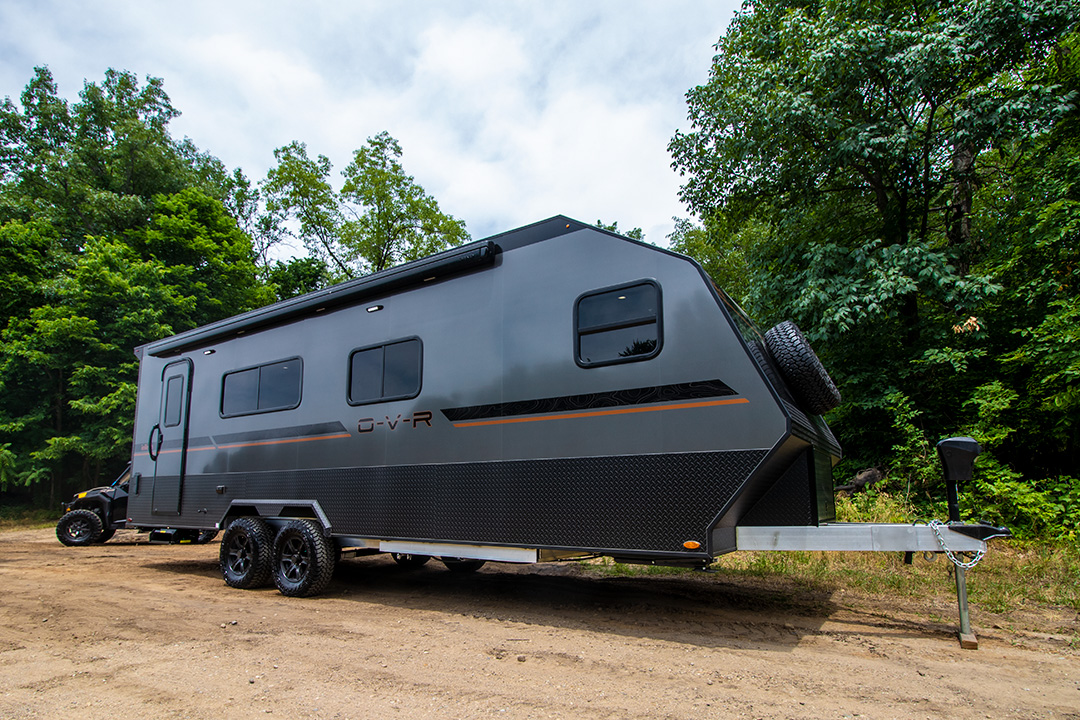Giant erupting geysers, ancient cliff dwellings, and a massive chasm over 6,000 feet deep—there is no doubt that the U.S. Park system protects lands with astonishing nature and rich history in every corner of the country. In addition to the big hitters like Yellowstone and the Great Smoky Mountains, there are some fabulously remote national parks that often fly under the radar.
These parks might take more effort to reach (think boat or plane instead of car or RV), but when you find yourself surrounded by nature instead of crowds, the payoff is worth the effort. These four remote national parks are guaranteed to leave you yearning for open water and unspoiled nature.
1. Cumberland Island National Seashore, Georgia
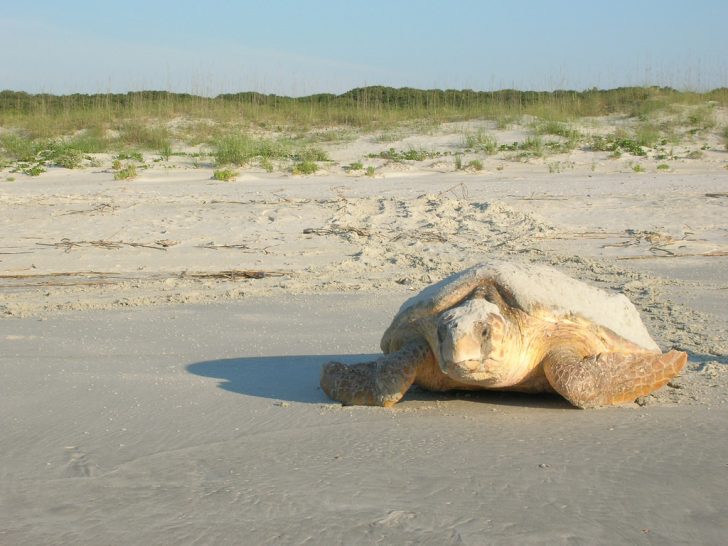
Cumberland Island is a true nature lover’s paradise. Reachable only by ferry, this southeastern barrier island features a unique combination of towering dunes, freshwater lakes, salt marsh, maritime forest, and deserted beaches.
As a result, a rich variety of animals and plants call this remote national park home. Many animals live in the interior forest while the island’s marshes and estuaries are inhabited with all manner of marine life and shore birds. Away from the forest, miles of windswept white beach and sand dunes are prime habitats for the wild horses and loggerhead turtles that call these shores home.
The number of visitors is limited to maintain the wild nature of the island. Day trips offer opportunities to explore—whether you’re hiking the island’s trails or taking a guided tour of the historic settlements.
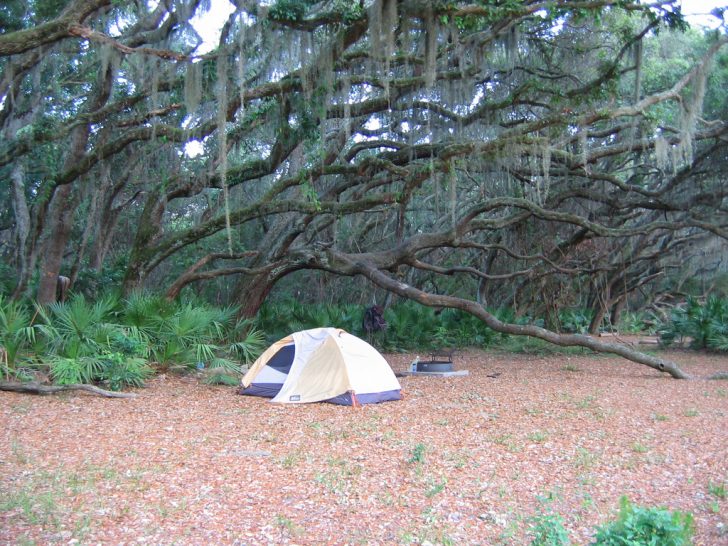
Camping is also popular on Cumberland Island. Two developed campgrounds and three wilderness camps offer scenic and plentiful places to pitch a tent. While drinking water and cold showers are available, due to the remote nature of the park, be prepared with all necessary gear and food.
Visit the Cumberland Island website to learn more about camping options or to make a ferry reservation.
2. Dry Tortugas National Park – Florida
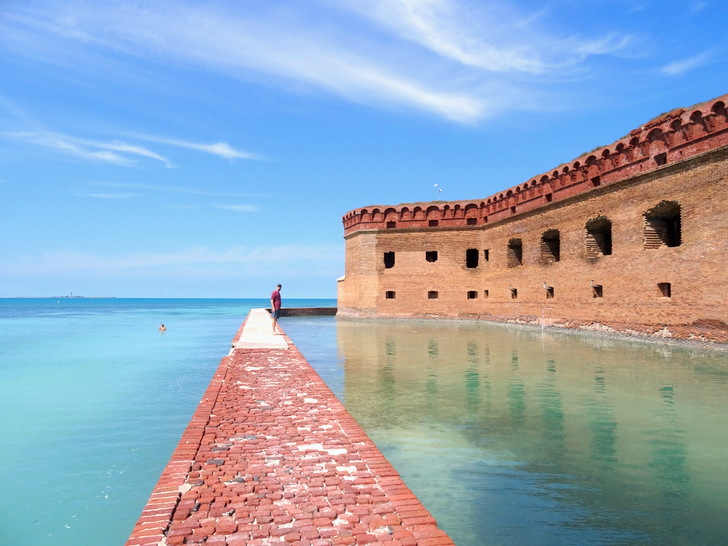
Travel by boat or seaplane to one of the most remote national parks. Located seventy miles from Key West, this tiny configuration of seven small islands surrounded by turquoise blue water is well worth the trouble it takes to get there.
Named for an abundance of turtles (tortugas in Spanish) and lack of potable surface water, these isolated islands boast a healthy population of birds, sea turtles, and thriving coral reefs. Many visitors take advantage of the ample snorkeling and diving sites that surround the islands.
While on land, don’t miss a tour of historic Fort Jefferson. In the mid-1800s, this massive but unfinished fortress was built as a strategic defense point in the Gulf waters. After serving a number of purposes (including a short-term prison), the cost of maintaining the massive structure in an area prone to hurricanes and harsh salty conditions could not be justified. Eventually, the islands were turned into a National Monument and in 1992 gained National Park status.
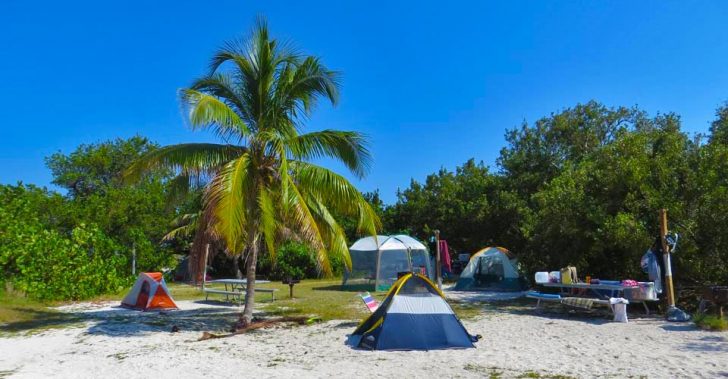
In addition to exploring the marine life and learning the history, you can also spend the night in the park. Imagine falling asleep under the stars and waking up to a warm ocean breeze drifting through your tent. The primitive campground next to the fort is little more than a grassy area near the beach with picnic tables. But what it lacks in amenities is more than made up for in ambiance.
Visit the Dry Tortugas National Park website to learn more about a day or overnight trip. The number of people allowed on the island is limited so advance reservations for transportation and camping are required.
3. Isle Royale National Park – Michigan
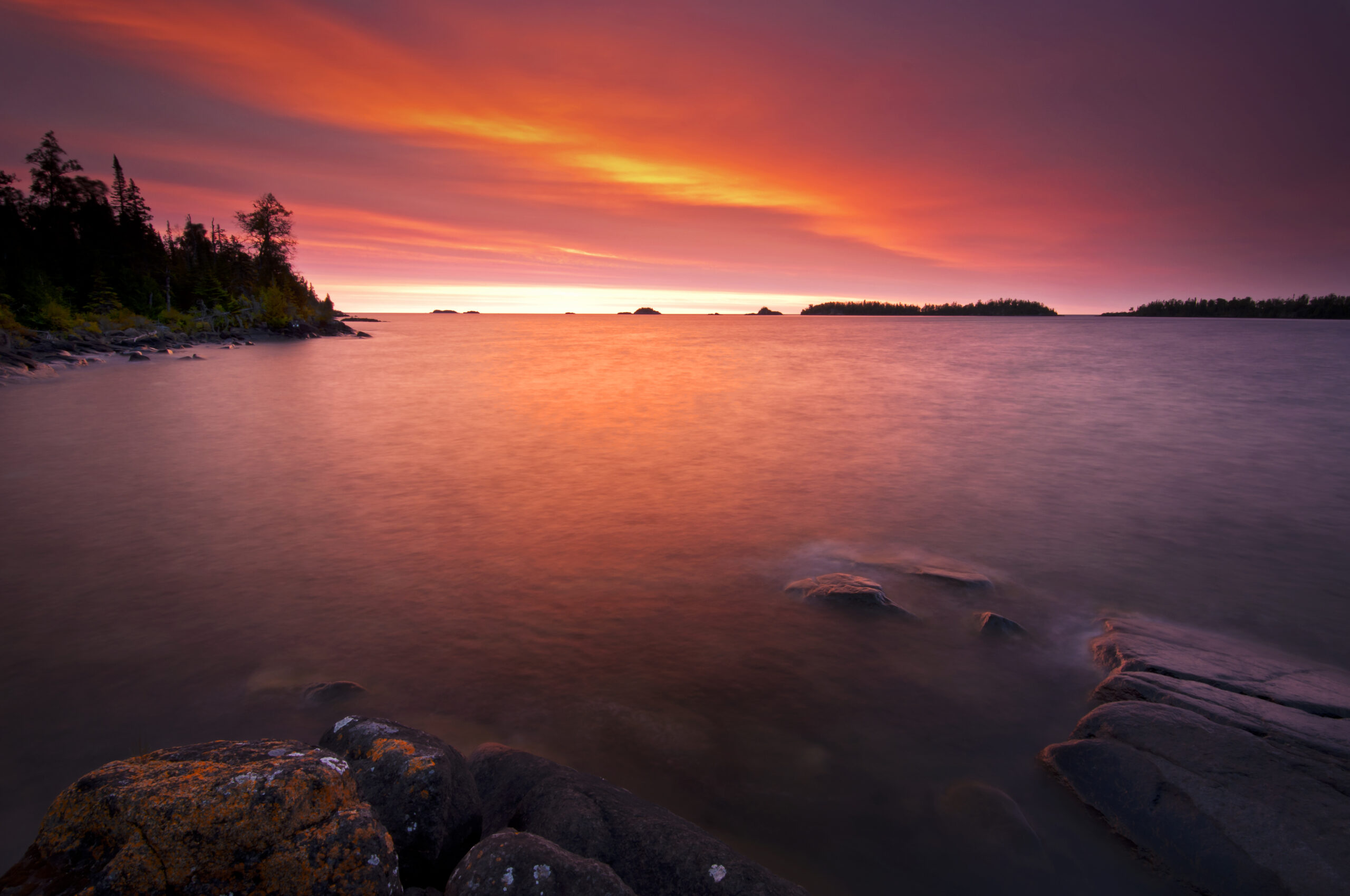
At 45 miles long and nine wide, Isle Royale is the largest island in Lake Superior. The island is covered in a dense forest and teeming with wildlife. Despite its small size, Isle Royale is home to several hundred moose and a few dozen gray wolves.
Since the 1980s, biologists have tracked and studied the animals who call this park home. A primary interest is how the rise and fall of moose on the island impact the number of wolves. While the island is considered a closed population, both animals have been known to come and go by swimming across Lake Superior or crossing the ice in the winter.
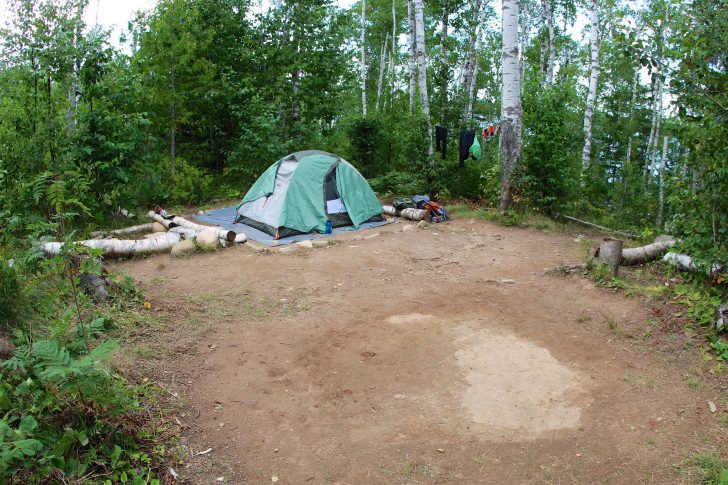
With such a rare and delicate predator-prey dynamic, the number of human visitors is understandably limited. As a result of the northern climate, the visiting season is short and boat or seaplane are the only way to reach the island.
Several seasonal ferries operated by the National Park Service run from Michigan and Minnesota to the shores of Isle Royale. Because there are no vehicles on the island the 36 backcountry sites are only reachable by foot or boat. Some of the campsites on the shoreline have docks, while the interior sites require a sturdy set of hiking boots.
If the rugged nature of one of the most remote national parks appeals to your wild side, visit the Isle Royale website to learn more about a day visit or camping regulations.
4. Channel Islands National Park – California
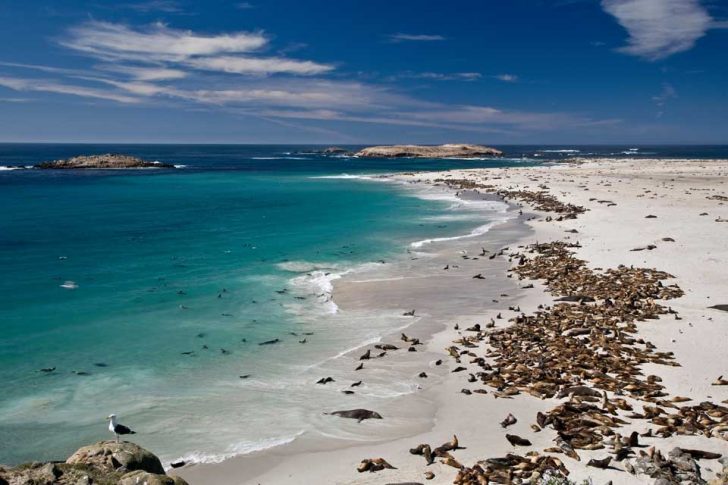
Located off the coast of Southern California, not far from the glitz and glamor of L.A. lie an archipelago of eight islands, stretching from Newport Beach to Santa Barbara. While the islands of Anacapa, Santa Cruz, Santa Rosa, San Miguel, and Santa Barbara that make up Channel Islands National Park are close to a major metropolis, they are seldom visited and never crowded.
The park boasts seldom seen wildlife species, including the only breeding colony of northern fur seals south of Alaska. Furthermore, the oldest human remains in North America, named the “Arlington Springs Man” were discovered here.
Start your visit on Anacapa Island, which is closest to the mainland. Anacapa boasts cliffs, caves, and natural bridges, like the iconic 40-foot Arch Rock. Next up is Santa Cruz Island where you can explore a historic ranch, slip into the water to snorkel through kelp forests, or kayak along craggy cliffs.

For the more adventurous, journey to San Miguel Island. The highlight of this westernmost, windswept island is a 16-mile hike to Point Bennett over a path bursting with wildflowers in the summer months. Point Bennett is one of the most isolated beaches in the world and also a sanctuary for several different types of seals.
These remote national park islands are only accessible by boat or seaplane. Ferry transportation departs from harbors in both Ventura and Oxnard, or take a charter flight from Camarillo. In the fall months, water temperatures warm and visibility increases, making it the best time for swimming, snorkeling, and diving.
Year round primitive camping is available on all five islands. All campsites require advance reservations. The Channel Islands website provides detailed information regarding suggested gear in addition to other regulations.



